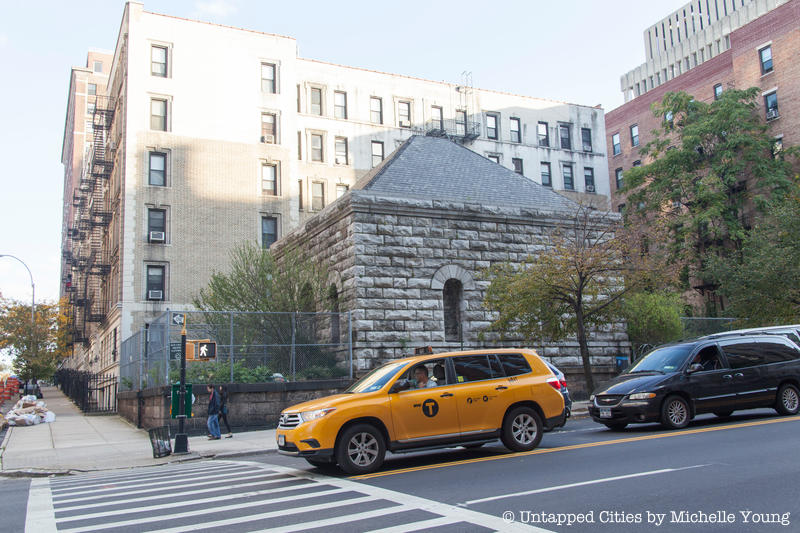
Before 1842, fresh water was a luxury that only the New York City elite could afford. Epidemics like cholera spread through the rivers and springs of Manhattan, leaving New York City’s ever-growing population at risk of disease. Buildings and businesses caught fire and burned to the ground without a reserve of water to put the flames out. The Croton Aqueduct changed all that, providing a 32-mile gateway for a steady supply of clean water from Upstate New York to downtown Manhattan.
Although the aqueduct could carry up to 100 million gallons of water a day, by the 1870s it became clear that it lacked the capacity to keep up with the demands of new York City’s growing population (in part because of the commercial success of the flush toilet in the 1880s!). The New Croton Aqueduct was complete in 1890 with the ability to distribute 290 million gallons of water a day. Much of the architecture of the old Aqueduct was destroyed, including the majestic Croton Distributing Reservoir at 42nd and 5th Avenue, now home to the main branch of the New York Public Library.
Still, various parts of the Old Aqueduct’s infrastructure are still intact. Listed below are the locations of these remnants.
1. The Croton Distributing Reservoir’s Original Foundation

The old stone work of the Croton Distributing Reservoir can be seen embedded in the foundation of the New York Public Library. Check out Benjamin Waldman’s piece on the old Reservoir.





